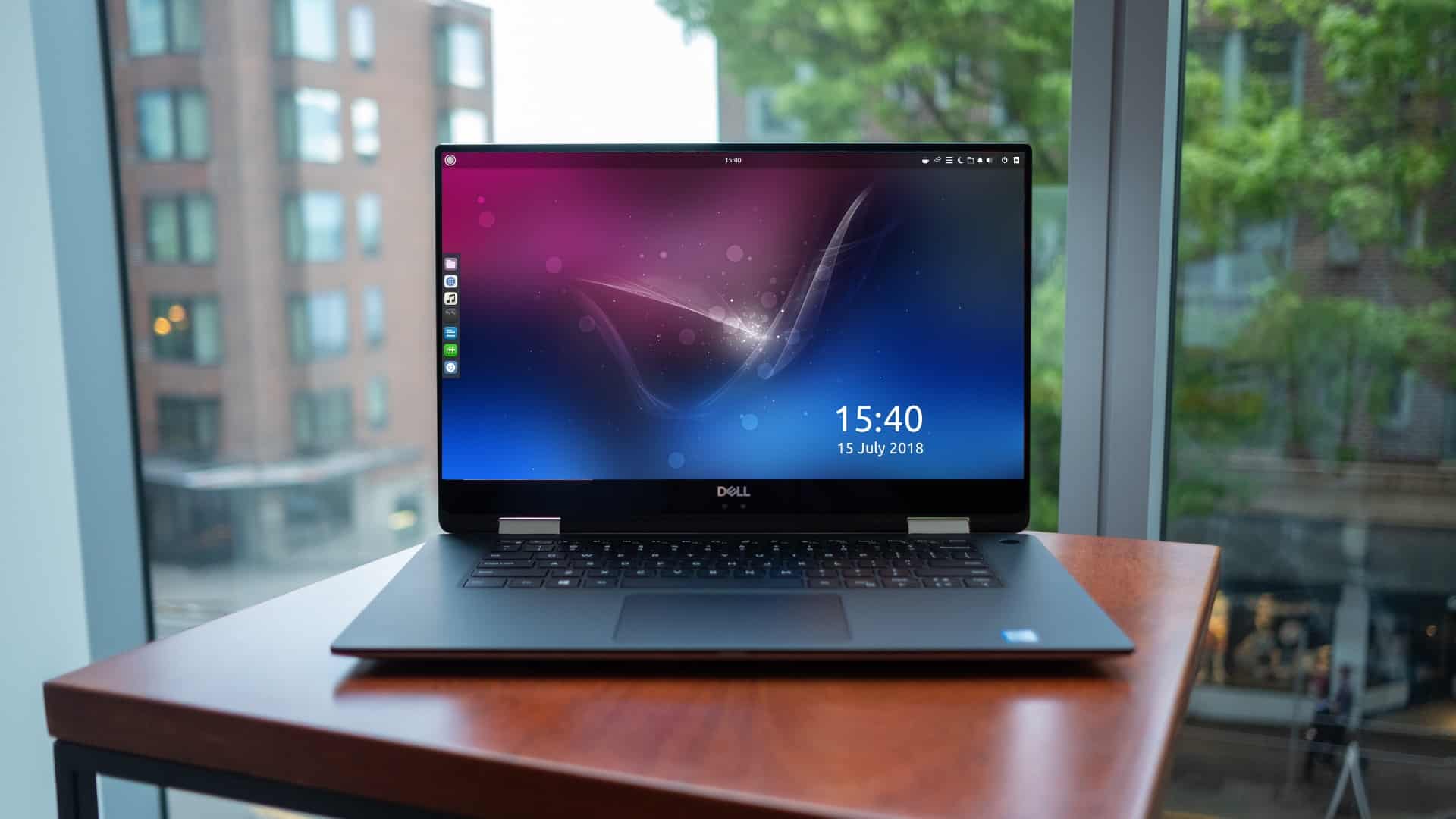How to Use Linux on a Chrome OS Device
Chrome OS is a versatile and user-friendly operating system, and one of the great things about it is that you can install and run Linux on your Chrome device. This can give you access to a wider range of tools and software, and allow you to use your device for more advanced tasks. Here's how to use Linux on a Chrome OS device:

Step 1: Check if your device is compatible
Not all Chrome OS devices are compatible with Linux. To check if your device is compatible, click the "Settings" icon in the bottom-right corner of the screen and select "About Chrome OS". In the "About Chrome OS" window, look for the "Linux (Beta)" section. If you see a message saying "Linux (Beta) available on this device", then your device is compatible and you can proceed to the next step. If you don't see this message, your device is not compatible and you won't be able to install Linux.
Step 2: Enable the Linux (Beta) feature
To install Linux on your Chrome OS device, you'll need to enable the Linux (Beta) feature. To do this, click the "Settings" icon in the bottom-right corner of the screen and select "Linux (Beta)". In the "Linux (Beta)" window, click the "Turn on" button. This will enable the Linux (Beta) feature on your device and allow you to install a Linux distribution.
Step 3: Install a Linux distribution
To install a Linux distribution on your Chrome OS device, open the Linux (Beta) window by clicking the "Settings" icon in the bottom-right corner of the screen and selecting "Linux (Beta)". In the "Linux (Beta)" window, click the "Install" button. This will download and install a Linux distribution on your device. The installation process may take some time, so be patient. When the installation is complete, you'll see a "Terminal" icon on your Chrome OS desktop. You can use the Terminal to access and run Linux commands on your device.
Step 4: Run Linux apps
To run a Linux app on your Chrome OS device, open the Terminal and type the name of the app followed by any necessary arguments. For example, to run the "ls" command, which lists the files and directories in the current directory, you would type "ls" and press Enter. You can find a list of available Linux apps and commands by using the "man" command, which displays the manual pages for a specific app or command. For example, to view the manual page for the "ls" command, you would type "man ls" and press Enter.
Step 5: Manage Linux settings
To manage the Linux settings on your Chrome OS device, open the Linux (Beta) window by clicking the "Settings" icon in the bottom-right corner of the screen and selecting "Linux (Beta)". In the "Linux (Beta)" window, you can view and manage the Linux settings for your device. You can change the amount of storage that Linux has access to, update the Linux distribution, and uninstall Linux if you no longer need it.
Conclusion
Using Linux on a Chrome OS device is a great way to expand the capabilities of your device and use a wider range of tools and software. By following these steps, you can install and run a Linux distribution on your Chrome OS device and use the Terminal to access and run Linux commands. Just be mindful of your device's performance and storage when using Linux, and always be sure to manage your Linux settings and distribution carefully to protect your device and data.



0 Comments